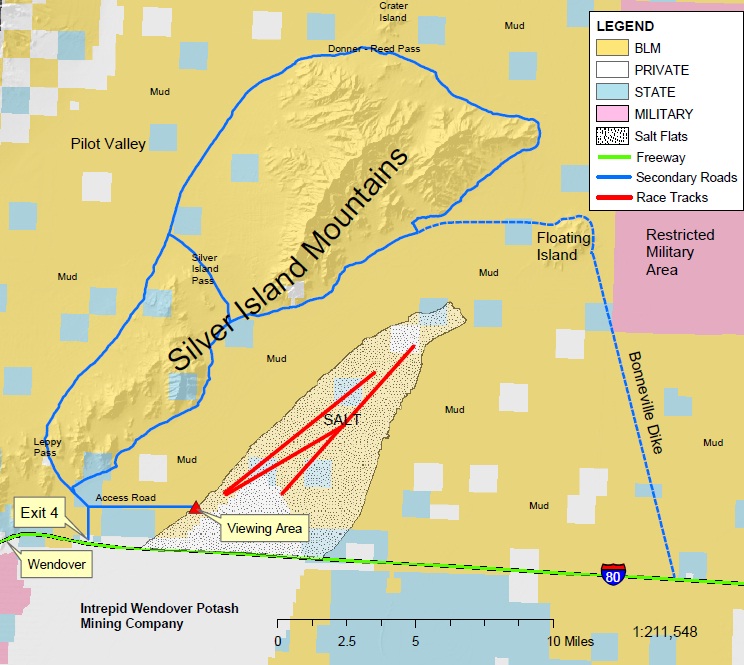
After running the Bear 100 for seven straight years, I decided that it was time to try a new race. I was drawn back to my roots, and wanted to run the Virgil Crest 100 in Upstate New York where I lived for eleven years. The Virgil Crest Ultras (100, 50, and 50K), in their fourth year, are held above the town of Virgil, New York, and runs through the Greek Peak ski resort, where I used to ski in the 80s. This would be my third mountain 100-mile race in the past four weeks, Cascade Crest 100, Wasatch 100, and now Virgil Crest 100.

The course is a 50-mile out-and-back course with a tough mountain loop thrown in the middle, taking you up to the top of the ski mountain, not just once but twice during the loop. In all during the entire 100 miles, there were 20 significant climbs for nearly 20,000 feet of climbing along the entire way. You knew you were at the top because each time there was a ski lift shack greeting you. But most of the course runs through beautiful green forest, some of it almost dark enough for a flashlight during the day. The trails are soft and fast (if dry) with only a few short technical spots.











